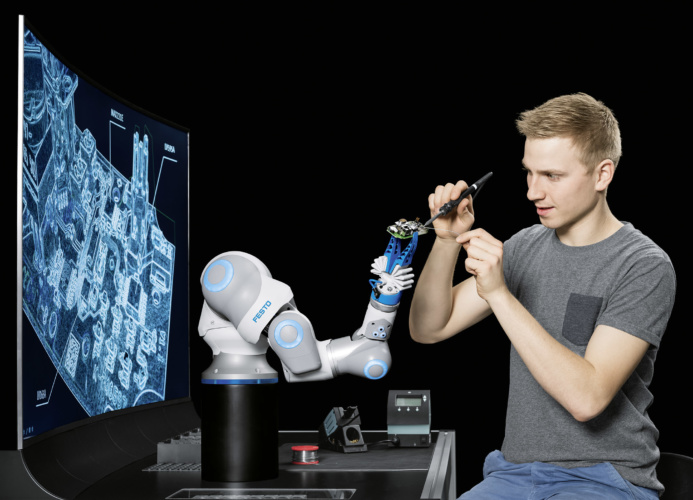The global pandemic is changing the way people work, live and behave – and engineering has a fundamental role to play in helping businesses and society as a whole adjust to a post pandemic world.
Initially, the crisis induced panic buying of essentials such as flour, toilet rolls and pasta. These massive, unpredicted, demand spikes have challenged production and logistical capabilities, particularly those based on rigid pre-planning.
Enforced homeworking is leading people to reassess their priorities: for example, around reliance on crowded public transport systems and congested roads. Our willingness to board aeroplanes or get into taxis for business or leisure may never fully return: which means that our automotive and aerospace industries may need to transform beyond recognition.

The ongoing lockdown has prompted a paradigm shift from High Street and retail supermarket shopping toward online. This is leading to a massive increase in demand for online retailers such as Amazon and Ocado; and an equally massive demand increase on their automated warehousing and intra-logistics. As the online habit has become embedded, customers will not revert to previous shopping patterns.
These abrupt behavioural changes have also had a considerable effect on our environmental impact, prompting urgent questions as to how we maintain these benefits as productivity returns. This is a big opportunity for polluters to understand their energy consumption and carbon emissions and put their house in order: bringing about permanent, positive environmental change.
Accelerating change
The need for production agility across manufacturing is obvious; it will give us the ability to cope with rapid changes in demand through a fast reacting supply chain. Sound familiar? It should, to any engineer who has grappled with the principles of Industry 4.0 and digitalisation. To be ready for a post-Covid world, we need to rapidly accelerate digitalisation. Digitalisation enables automation, and automation provides resilience to disruption.
We also need to acknowledge that there are advantages to a decentralised model. Processes and control need to be brought closer to market needs, so that supply and manufacture in a region and for that region will accelerate. This won’t just lead to ‘pandemic proof’ production: it will increase output agility and protect manufacturers from single source of supply bottlenecks.
The Industry 4.0 approach can also improve distribution and has the potential to touch every aspect of automated warehousing: including materials handling specialists, tote handling, piece picking robots and AMR / AGV (autonomous mobile robot / automated guided vehicle) solutions. The way products are packed will also adapt, making them more suited for automated identification and picking instead of consumer-oriented packaging designed for shelf stacking and attracting consumer attention.

The adoption of robots in the UK has significantly lagged behind other leading manufacturing countries, but this needs to change. Robots come in many guises. Traditional 6-axis, SCARA, delta and cartesian formats are mainstays in automated assembly plants. While these applications won’t change, the need to increase spacing between workers will likely drive additional investment in automation.
Some of the highest specification robots have been applied in medical applications such as brain surgery. Now we are seeing their expansion into the health and care sectors, from cleaning and sanitising wards, performing fetch and carry tasks and even providing support and care. The food sector could provide another area of opportunity. Calls from farmers desperate to gather in crops – a traditionally manual task which is commonly perceived as physically demanding and repetitive – may become a thing of the past as uptake of robot pickers is accelerated through the current necessity.
Cobots, designed for collaborative interaction with humans, have been the fastest growing sector of late. Again Covid-19 has hastened a change. Being able to intersperse cobots within manual assembly lines will increase the separation between human manned stations and increase the output under Covid-19 safe conditions.
The future
Covid-19 is forcing us to make fundamental changes: many of which were coming anyway. Further digitalisation and increasing use of robotics will free many more of us from the drudgery of a repetitive work routine. Other outcomes may be less predictable, but no less welcome. Clear skies, birdsong and the drastic drop in noise and air pollution have left many feeling healthier and happier than before. If this is the environment and the life balance we want, it is within our grasp for engineers to drive this permanent change.
I am sure there will be many examples of how this can be achieved showcased on #EngineeringHeroes over the coming weeks.




Poll: Should the UK’s railways be renationalised?
I think that a network inclusive of the vehicles on it would make sense. However it remains to be seen if there is any plan for it to be for the...